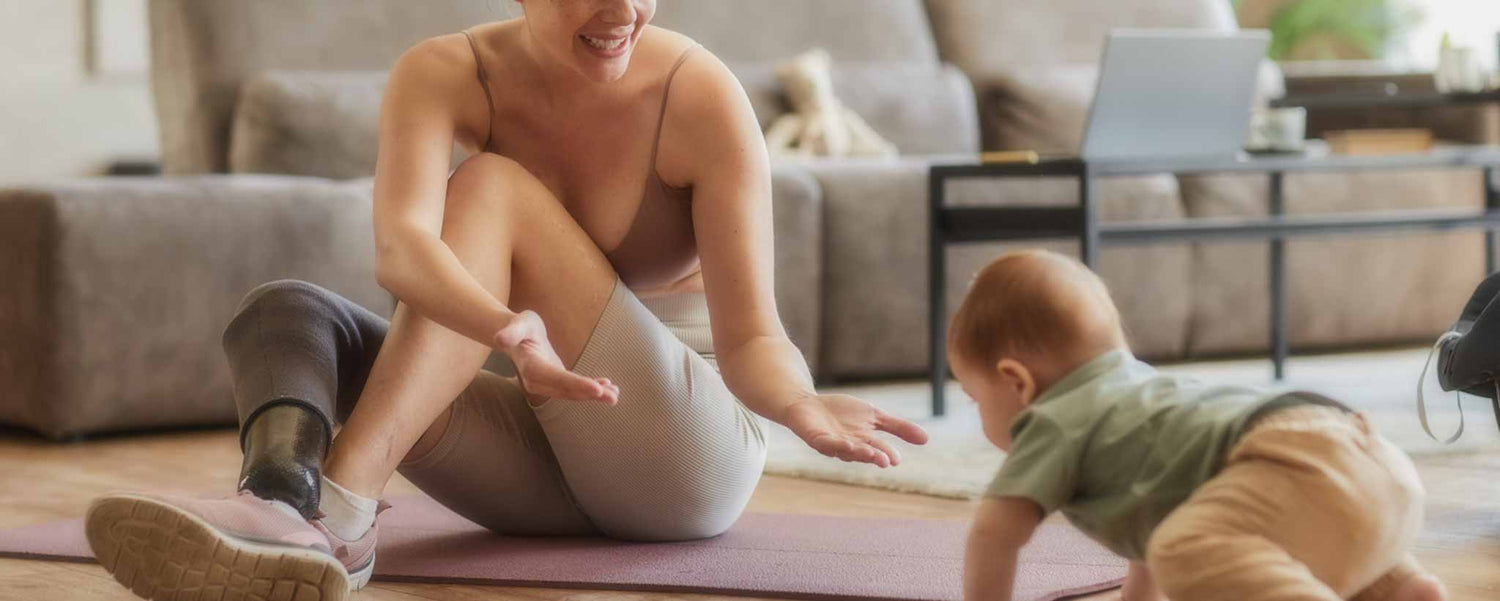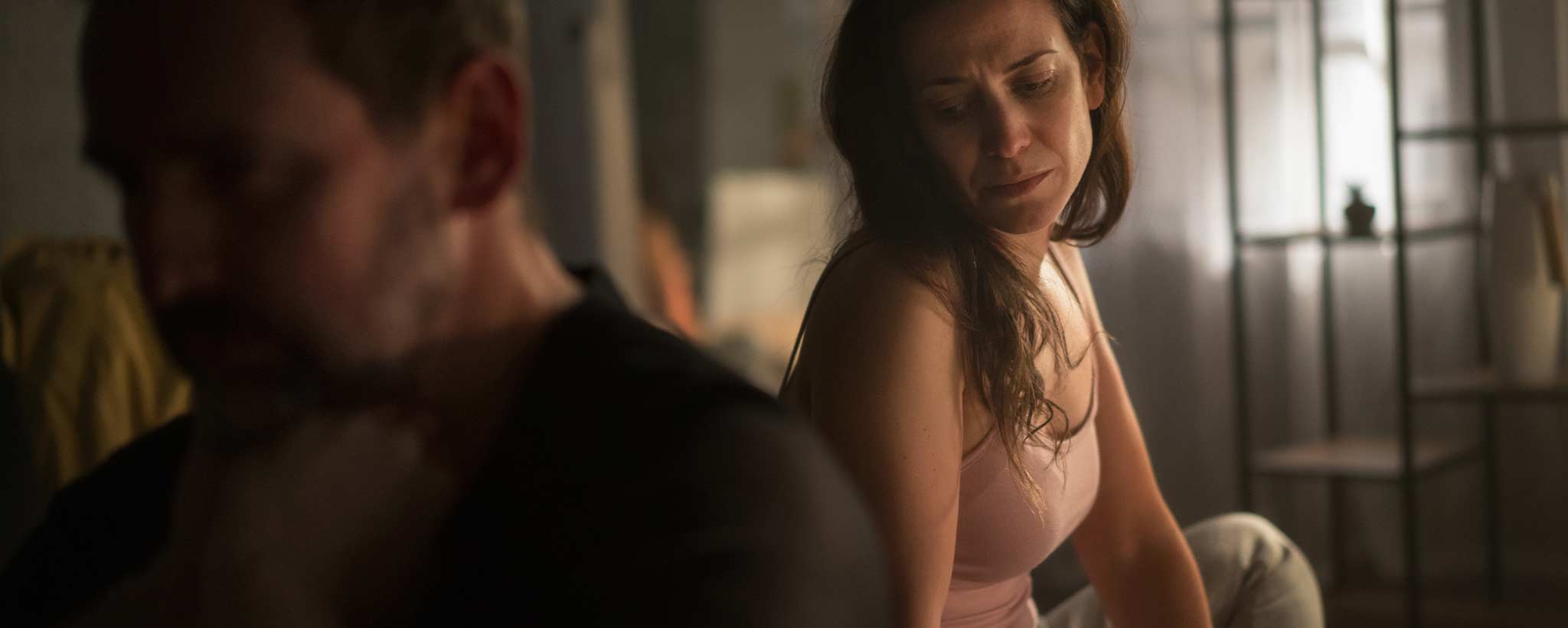Bestowing the gift of life is not limited to able-bodied women. How can those with physical limitations overcome the challenges?
Successful Wheelchair or Amputee Pregnancy
Childbirth is a beautiful life experience. This tiny new human will take more than 7,300,000 breaths per year for many decades. But the child’s first breath brings so much pleasure. At the first sight of this bundle of joy, all the months of physical challenges, and the pain of labor, drains from the mother’s body along with the placenta.
As the infant bonds with mommy, her role shifts to accommodate caring for the child’s every need. With sleepless nights, this involves everything from feeding and dressing to cleaning and changing diapers. The stamina for such increases to new heights when the mother has a physical disability.
Yes, women who are wheelchair bound and those with missing limbs are not asexual; they get pregnant and give birth. Nearly 61 million Americans, or a quarter of the U.S. population have a disability. Thus, an estimated 10–12% of women of childbearing age have a disability. [1]
Recognizing the challenges of an able-bodied mother, some consider it irresponsible for a handicapped woman to give birth. Yet, many women with disabilities are having children with great success. How do they overcome the many challenges?
Pregnancy, Birth, And Early Parenthood – A Guide For Physically Disabled Parents is a useful handbook for moms on wheelchairs created by Disability, Pregnancy, and Parenthood International (DPPI)—UK published: 2010.
Necessary Adjustments
Women with disabilities experience disparities in health care access and outcomes compared with nondisabled women. Criticism, physical limitations, and hormonal changes can increase stress. This should not prevent women from seeking preconception and prenatal care. [1]
Lifestyle adjustments begin during pregnancy. A larger wheelchair is sometimes a requirement. Prosthetic limb adjustments may be necessary. Even with such modifications, assistance from other family members brings relief in certain situations. Consulting a physical therapist and occupational therapist can result in helpful suggestions and special cribs or other furniture with assistive features. [2]
An amputee can be missing fingers, a hand, an arm, or a leg. Some lose multiple limbs. Each prosthesis has a specific function. Some are cosmetic, while others have dexterity or mobility features. Assistive devices that are useful for walking or running may not be as useful for carrying a growing child.
A suction socket is not suitable if the wearer gains or loses even a small amount of weight. Adjustments may include a non-suction socket with a strap. Excess weight can cause pressure sores, requiring new fittings and prosthetics. [3]
During pregnancy, Stephanie’s doctor stressed, “You’re not eating for two. You’re eating for ONE plus about 300 calories a day—and that’s about the same as an extra bagel!” This goal, along with a meal plan, helped her control excess weight gain. [4]
Dennis Swigart, CPO, advises, “Walking is especially good for minimizing the tendency to develop tight muscles in the hips” from becoming too sedentary. Taking big steps on shock-absorbing surfaces like grass or new campus tracks “keeps your prosthesis fitting comfortably to avoid the risk of skin breakdown.” [4]
According to Swigart, prostheses with a silicone or gel liner and pin-locking suspension system may be the easiest to modify. The mother can adjust the number of ply or socks worn between the liner and frame as the volume of the residual limb changes. She can also change the liner from thicker to thinner materials for more comfort.
Rigid sockets can require enlargement by grinding down or otherwise opening up the brim. Finally, it is possible to fabricate a temporary socket if the prosthetic limb needs to accommodate very large volume changes. Women using waist belts for prosthesis suspension need a different system. Tight straps across the abdomen cause discomfort during pregnancy and are not good for the baby’s health. [4]
It is important to avoid focusing on a woman’s disability to the exclusion of other issues related to pregnancy and childbearing. Equally important is not to ignore the disability and modifications that may be needed to provide appropriate care. [5] When doing so, women with various disabilities can experience the joy of bringing life into the world.
To support the writing of scholarly articles about disability, ClinicalPosters sells human anatomy charts, scientific posters, and other products online. You may sponsor specific articles or remit a small donation.
ClinicalPosters sells human anatomy charts, scientific posters, and other products online to offset expense of the writing useful articles about disability. Slide extra posters into DeuPair Frames without removing from the wall.
Show your support by donating, shopping for ClinicalPins, or leaving an encouraging comment to keep the research going.
To support the writing of useful articles about disability, ClinicalPosters sells human anatomy charts, scientific posters, and other products online. You may sponsor specific articles or remit a small donation.
ClinicalPosters sells human anatomy charts, scientific posters, and other products online to offset expense of the writing useful articles about disability. Slide extra posters into DeuPair Frames without removing from the wall.
ClinicalPosters sells human anatomy charts, scientific posters, and other products online. You may remit a small donation.
You can support the writing of useful articles about disability by sponsoring specific articles or remitting a small donation. Visible content is optimized for device size.







 Romance & Health Intertwine. Fall in love with a captivating romance miniseries that explores the essence of well-being. Become a ClinicalNovellas library member for heartwarming tales.
Romance & Health Intertwine. Fall in love with a captivating romance miniseries that explores the essence of well-being. Become a ClinicalNovellas library member for heartwarming tales.




